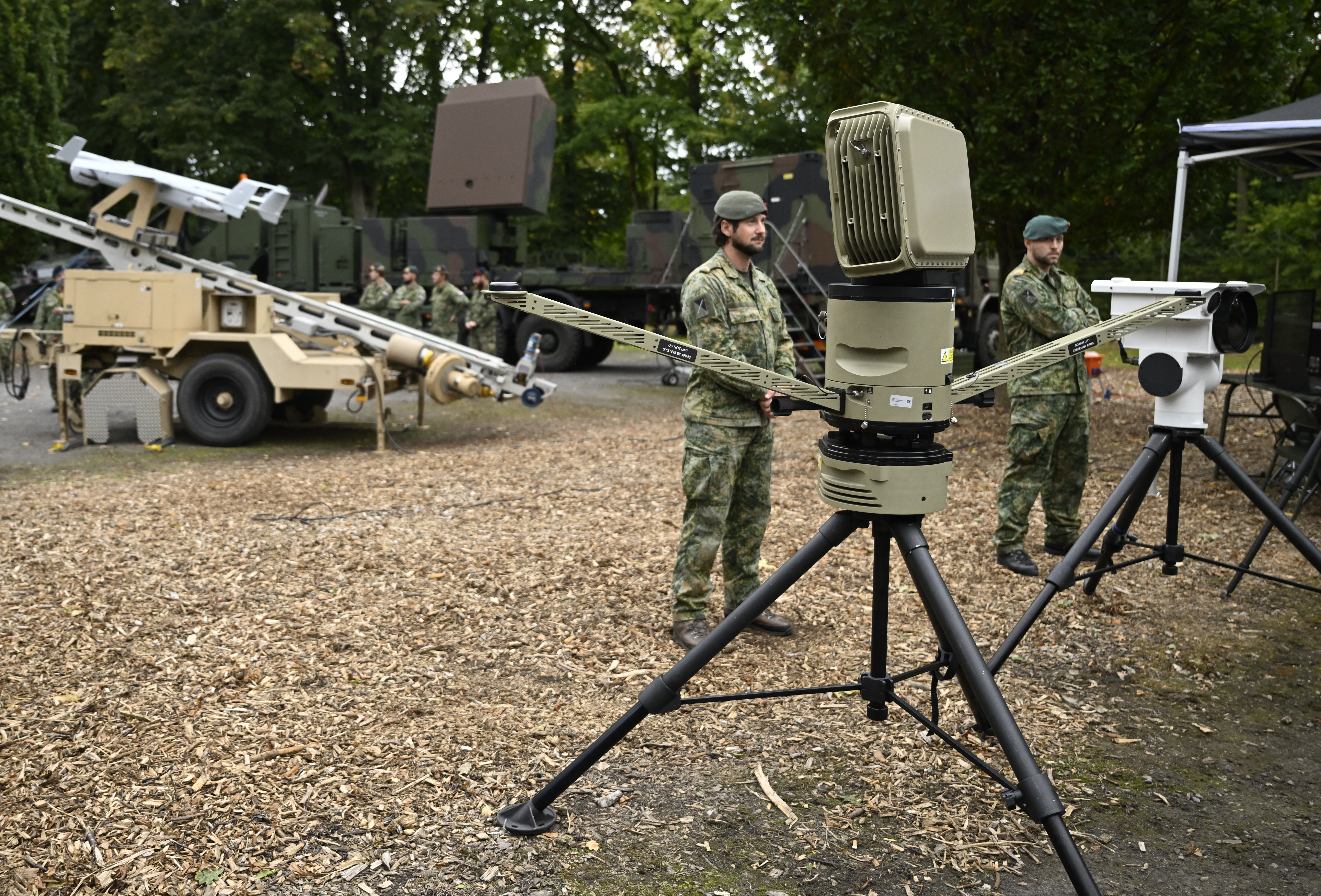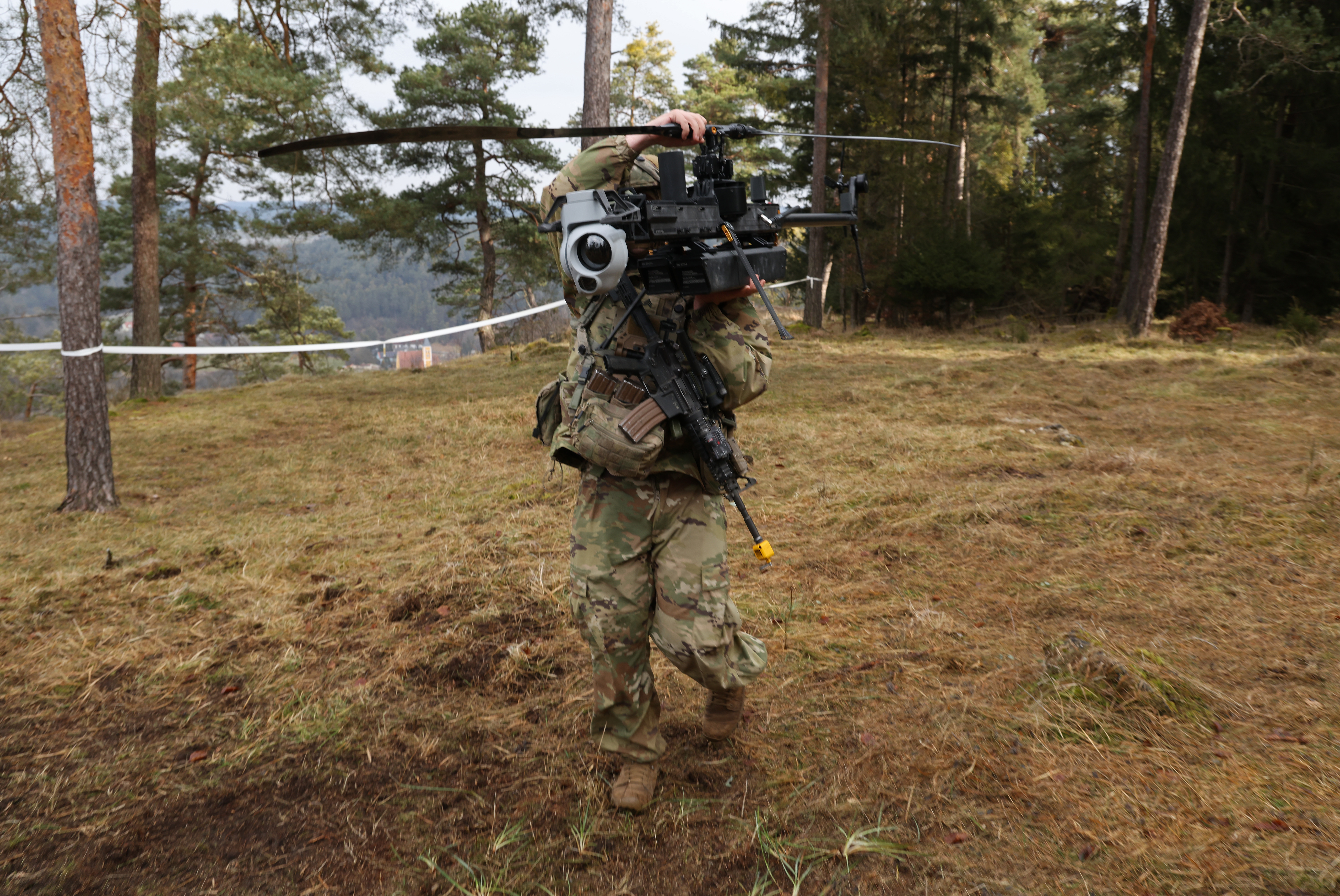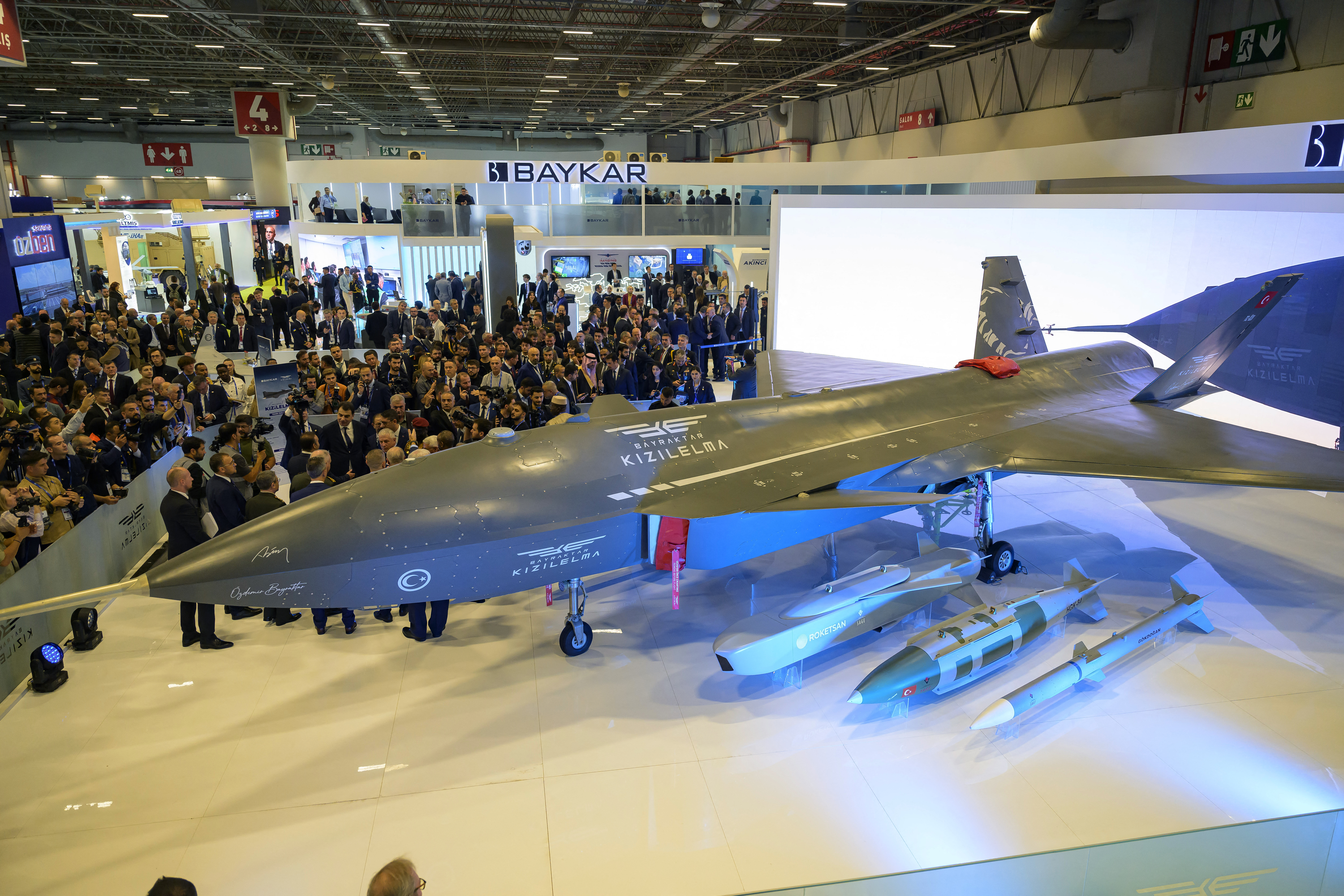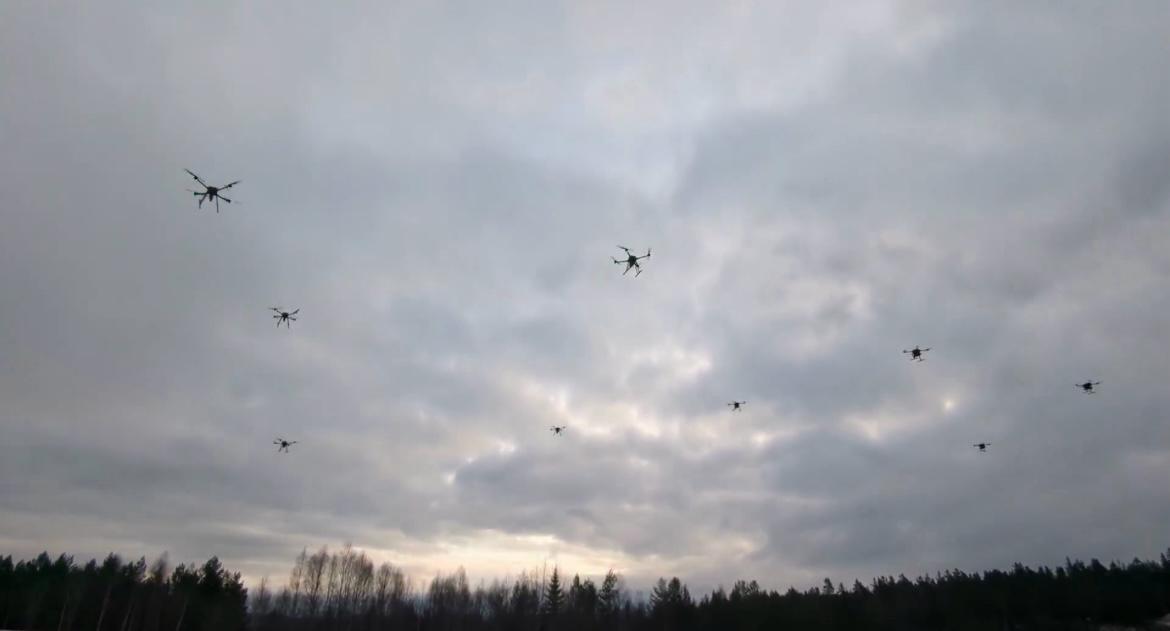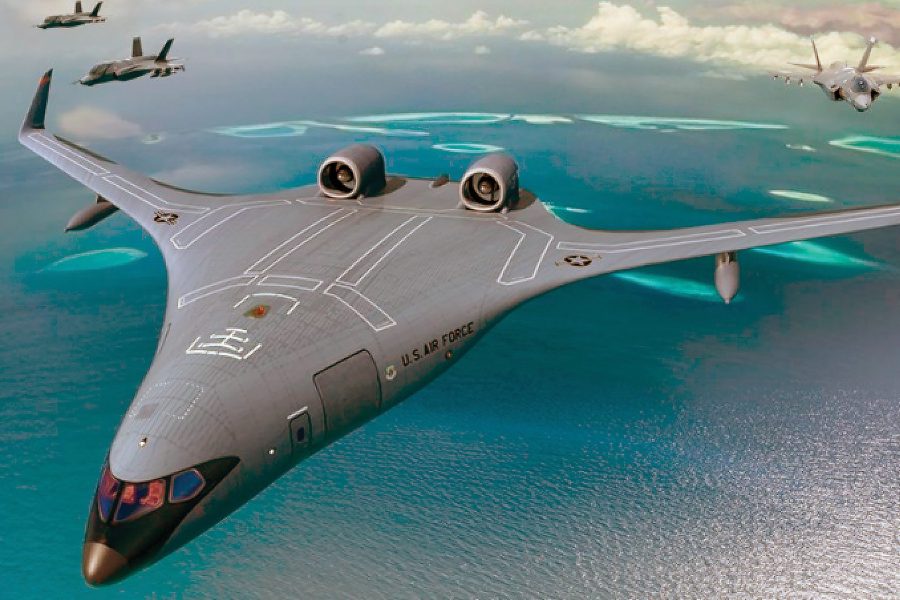
The Air Force is conducting another round of market research for its proposed next-generation tanker, specifically asking industry for ideas on the airframe—a wide-open question with major implications for the future fleet.
The request for information, released Aug. 15, is labeled as “controlled unclassified information” and is not publicly accessible. Companies have until Oct. 24 to respond.
This is the latest RFI for what the Air Force is calling the Next-Generation Air Refueling System. The Air Force Life Cycle Management Center launched the NGAS program with a request in 2023, and it released subsequent calls for ideas in 2024 for engines and mission systems.
But this new request could be crucial for determining how the service moves forward.
NGAS was originally envisioned with at least some stealth features so it could accompany fighters into contested airspace. Lockheed Martin has unveiled several concepts, including an unmanned version, and startup JetZero has pitched its in-development blended wing-body aircraft as an option.
But officials have acknowledged that building a stealthy tanker might not be feasible, given other modernization priorities like the new F-47 fighter, the B-21 bomber, and the Sentinel intercontinental ballistic missile. Instead, they have suggested a modified approach.
“When you look at this NGAS and NGAS family of systems … you’ll find us talking through this in terms of survivable air refueling,” Maj. Gen. Joseph D. Kunkel, head of Air Force Futures, said in April. “We’re trying to counter the entirety of the kill chain, and that could result in a bunch of different things. … That might not be just a stealth tanker, or just an end-game effector on a tanker, or just a networked tanker. There’s a family of things that come together to create survivability.”
In its 2026 budget request, the Air Force confirmed it’s no longer wedded to the idea of a stealthy tanker. Documents detailing plans for NGAS don’t mention stealth at all, but do say that “alternatives for more survivable tanking capability could potentially be addressed through more resilient connectivity and on-board and off-board self-protection. Acquisition strategies for any or all of these options would be directly related to requirements that will be refined through the FY 2026 activities.”
The latest RFI would count among those 2026 activities, as the new fiscal year begins Oct. 1, before responses are due.
Any decision on NGAS could be impacted by the Air Force’s decision in July that it would forgo a competition to recapitalize its aging KC-135 fleet, opting instead to buy more KC-46 tankers.
On top of that, the Navy is working to field an unmanned refueler, the MQ-25. Boeing has pitched a version that can operate from land, rather than from aircraft carriers, that could be of interest to the Air Force depending on how the Navy program fares.
The post Stealth or Something Else? USAF Wants Ideas for Next-Gen Tanker Airframe appeared first on Air & Space Forces Magazine.

Air, aerial refueling, Air Force Futures, Air Force tanker fleet, Air Force tankers, Analysis of Alternatives, Maj. Gen. Joseph D. Kunkel, Next-Generation Air Refueling System, NGAS
Air & Space Forces Magazine
[crypto-donation-box type=”tabular” show-coin=”all”]

